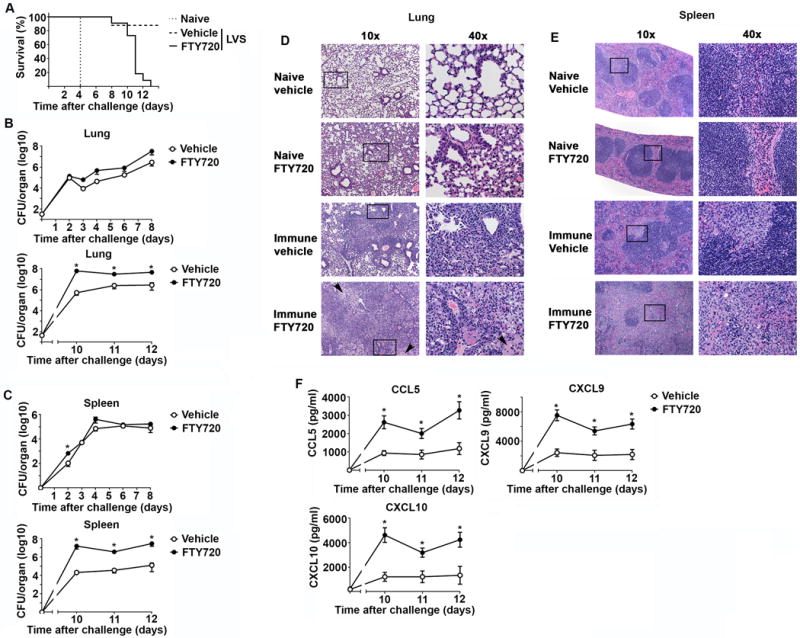Figure 5. Parenchymal T cells are adequate to control SchuS4 replication early after pulmonary infection in vivo.

Naïve or vaccinated mice were challenged with 25 CFU Ftt 28 days after vaccination. At day -3 prior to Ftt challenge and continuing every other day, mice were intraperitoneally treated with 1 mg/kg FTY720 to retain T cells in peripheral lymphoid tissue. Mice treated with 5% dextrose in water served as vehicle controls (Vehicle). A) Survival after Ftt challenge. B) Bacterial burdens in lung homogenates were enumerated in animals that did not display endpoint criteria at the time of euthanasia. C) Bacterial burdens in spleen homogenates were enumerated in animals that did not display endpoint criteria at the time of euthanasia. D) Representative images of lung sections stained with Haemotoxylin and Eosin. Arrows indicate edema. E) Representative images of spleen sections stained with Haemotoxylin and Eosin. F) Concentrations of chemokines in lung homogenates. Data are combined from two independent experiments; n=7-10 mice/group/time point. Error bars represent SEM. Statistical significance was determined using a student’s t-test with the Holm-Sidak method to correct for multiple comparisons or Mantel-Cox test for survival (* vehicle vs FTY720); * indicates p ≤ 0.05.
